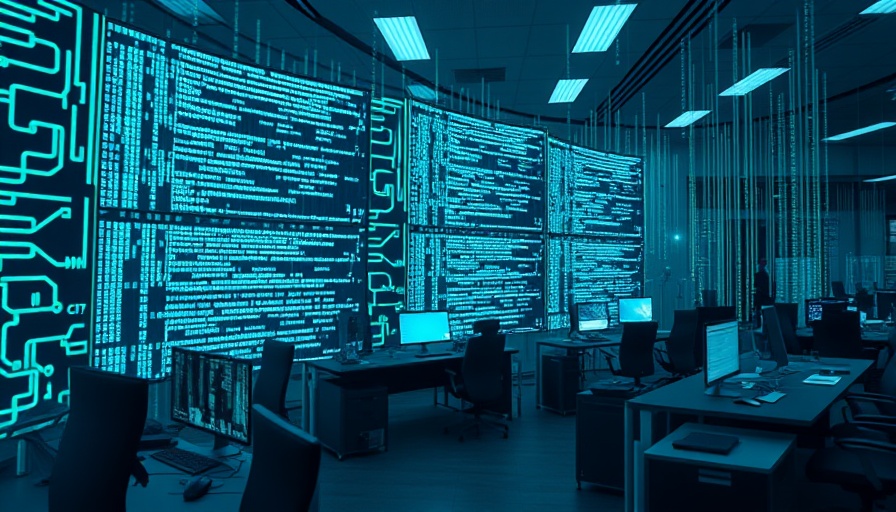
The Urgent Call to Action in AI Software Development
The integration of AI into software development is not just an advancement; it's a race against time. As highlighted in recent studies, AI code generation is leading to a growing crisis in sustainability. While Agile practitioners hold a unique advantage in tackling these issues, understanding the problem's scale is critical. Developers are currently witnessing a 10x increase in duplicated code blocks, stemming from the very tools designed to enhance productivity. In 2024 alone, more than 6.66% of commits were identified as containing significant duplicates, a stark increase from just 0.70% in 2020. This trend raises red flags about how AI could be exacerbating existing problems within software systems.
The Productivity Paradox in Software Engineering
The supposed productivity gains provided by AI tools often hide a deeper issue. Research shows that code duplication leads to a series of adverse effects, including higher defect rates and complex resolution challenges. Studies have found that 17% of cloned code contains bugs, a significant concern that complicates the development lifecycle. Furthermore, Google’s DORA 2024 research pinpointed a concerning relationship between increased AI adoption and decreased delivery stability, with a 7.2% drop in reliability noted for every 25% increase in AI tools. While newer developers may seem to see productivity enhancements, the lengthy consequences produce lower quality across the board.
Economic and Ecological Implications of AI Code Generation
The potential for AI to deepen technical debt raises alarming economic and environmental questions. A professor at the University of Washington estimated that daily operations involving ChatGPT consume energy equivalent to what 33,000 households would use in a day. Beyond energy waste, the accumulated costs due to technical debt in U.S. software alone reached a staggering $1.52 trillion in 2022. Therefore, it’s imperative we begin to rethink how we integrate AI—with consideration for the long-term sustainability of both our economy and our environment.
Addressing Process Gaps: A Framework for Sustainable AI Development
To tackle these complex challenges, a structured approach is necessary. GitClear's findings point towards deficiencies in how developers interact with AI agents, indicating that the drive for immediate results often undermines long-term maintainability. This inconsistency in AI utilization demonstrates an urgency for frameworks that incorporate human oversight in AI use, contrary to outright dependency on these tools. A sustainable PDCA (Plan-Do-Check-Act) framework can help mitigate the risks associated with AI, ensuring developers remain engaged in the process rather than leaving the outputs solely to automation.
Moving Forward: The Role of Agile Practices
Integrating a human-supervised approach in AI development is essential. Agile principles provide an ideal blueprint for evaluating and enhancing the interaction between humans and AI in code generation. By leveraging Agile practices, teams can uphold both the quality and maintainability of the software they produce, thereby addressing the sustainability crises head-on. Developing a culture that encourages continuous feedback and iterative improvement epitomizes a solution-based mindset, ultimately recognizing that technology should enhance, not replace, human input.
As organizations navigate this crossroads, the insights gleaned from current research are invaluable. Agile practitioners must champion these frameworks to mitigate the surging challenges posed by AI in code generation. Continuous learning and adaptation will create a more sustainable future in software development, ensuring we harness the true potential of AI without compromising the integrity of our systems.
 Add Row
Add Row  Add
Add 




Write A Comment